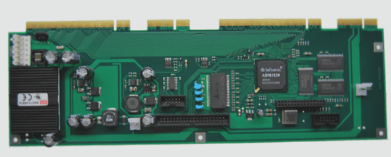The Advantages and Future of Flexible Printed Circuit (FPC) Boards
Introduction to FPC
FPC, also known as Flexible Printed Circuit, is a type of PCB that offers high wiring density, lightweight design, thin profile, and remarkable flexibility. Constructed from materials like polyimide or polyester films, FPC can endure millions of dynamic bends without damaging the circuits.
Applications of FPC
- Mobile Phone: FPCs emphasize lightweight and slim design, reducing product volume and enabling seamless component connections.
- Computer and LCD Screen: The thin profile of FPCs helps transform digital signals into images displayed on LCD screens.
- CD Walkman: FPCs’ three-dimensional assembly capabilities make large CDs portable and convenient.
- Disk Drive: FPCs’ high flexibility and ultra-thin profile are crucial for rapid data reading in hard disks and floppy disks.
- Latest Use: FPCs are now utilized in components like the suspension circuit and xe package board for hard disk drives.
Future Development and Innovation Focus
In China, the FPC market has seen significant growth, attracting major firms from Japan, the U.S., and Taiwan. To continue evolving and avoid stagnation, FPCs must focus on innovation in four key areas:
- Thickness: FPCs need to become even more flexible and thinner.
- Folding Resistance: Enhancing flexibility to withstand over 10,000 cycles requires improved substrates.
- Price: Lowering costs can broaden FPCs’ market reach compared to traditional PCBs.
- Technological Level: Advancing FPC processes to meet tighter specifications for minimum aperture, line width, and spacing.
By focusing on these areas, FPCs are poised to enter a promising new phase of development!




